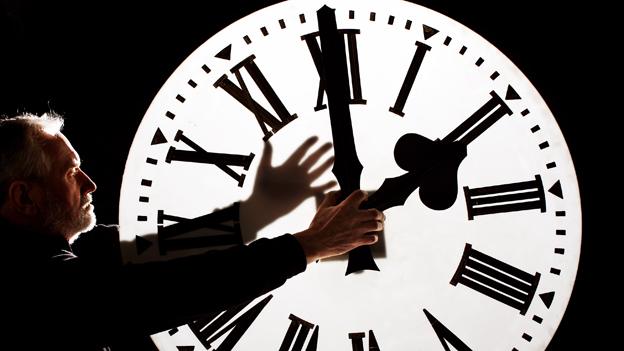Is it time for a time-shift?
- Published
On Sunday, at 02:00, the clocks go back by an hour - marking 100 years since the end of the first British Summer Time (BST).
Campaigners have seized on the centenary to thrust an age-old debate back into the spotlight: Should the UK continue with its current daylight savings system?

Everyone in the UK will get an extra hour in bed on Sunday
Whenever it is time for the nation to put the clocks forward or back, it generates some debate on whether we should continue with the arrangements, or keep the UK on BST.
This would result in lighter evenings and darker mornings.

What is the daylight savings system?
The UK's daylight savings system comprises of the nation observing Greenwich Mean Time (GMT) in the winter months, and then moving the clocks forward by an hour during British Summer Time (BST).
Following Germany's lead, the UK introduced the system in May 1916 - in a bid to conserve energy during World War One.
Other than a short period during World War Two, and as an experiment between 1968 and 1971 (which trialled year-round BST) - the UK has continued to observe the system since it was introduced.

Why would we change the current system?
Apart from remaining in BST, there have been calls for the UK to adopt Single/Double British Summertime (SDST).
SDST would mean GMT+1 during the winter months and GMT+2 in the summer period.
The Royal Society for the Prevention of Accidents (RoSPA) has campaigned since 1988 to have the system adjusted so that there is more light in the evening during winter months.
To mark 100 years of daylight savings, it has renewed an appeal for SDST to be introduced.
Rospa says this would reduce the number of accidents because when the sunset occurs earlier in the day, the number of road collisions increase.
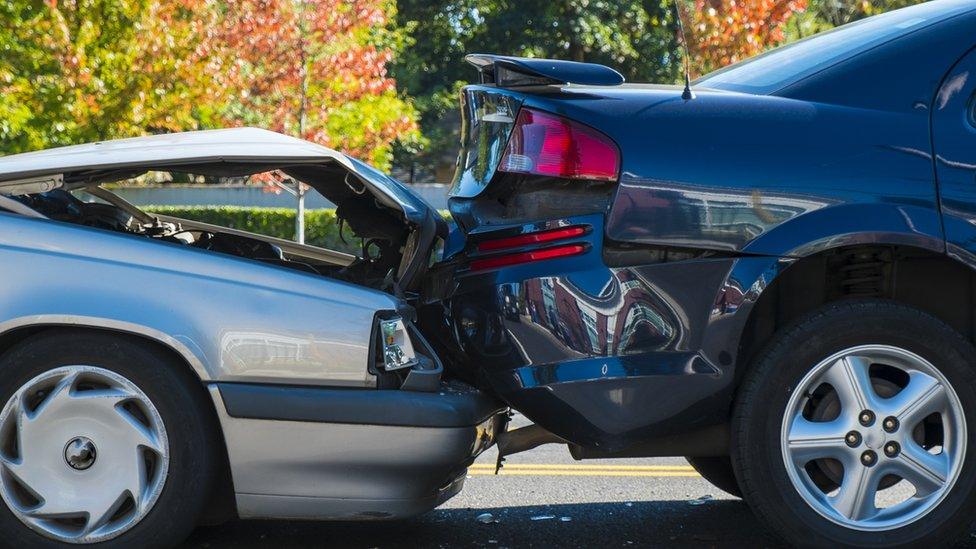
The Automobile Association (AA) is also in favour of changing the clocks so that there is less light in the morning and more in the evening.
However, the proposal to switch to lighter evenings has always struggled to gain popularity in Scotland.
If SDST was introduced, the northern-most parts of the country would stay dark until as late as 10:00 on winter mornings.
Some have suggested that Scotland could have a different time zone to the rest of the UK - but that is another discussion.

If SDST were to be adopted, here are some things that people in the north of Scotland would be doing in the dark.
Farming
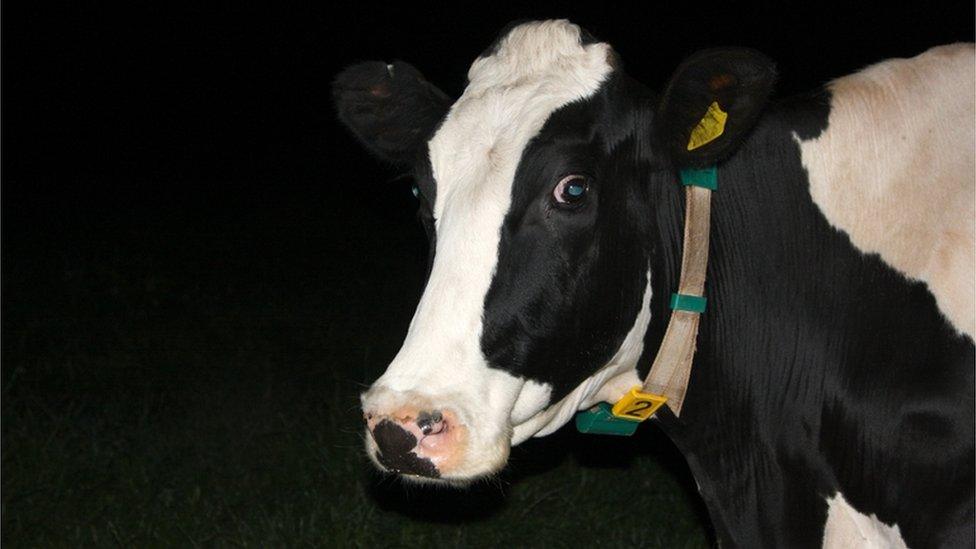
Farm work is tough at the best of times, and according to NFU Scotland - hours of darkness are always more dangerous.
The farming union also warned that darker mornings would mean more farm vehicles on the road in these conditions, as some work can not be delayed.
Farmers in the north of Scotland are against any proposal to move the nation's clock to SDST.
Walking to school
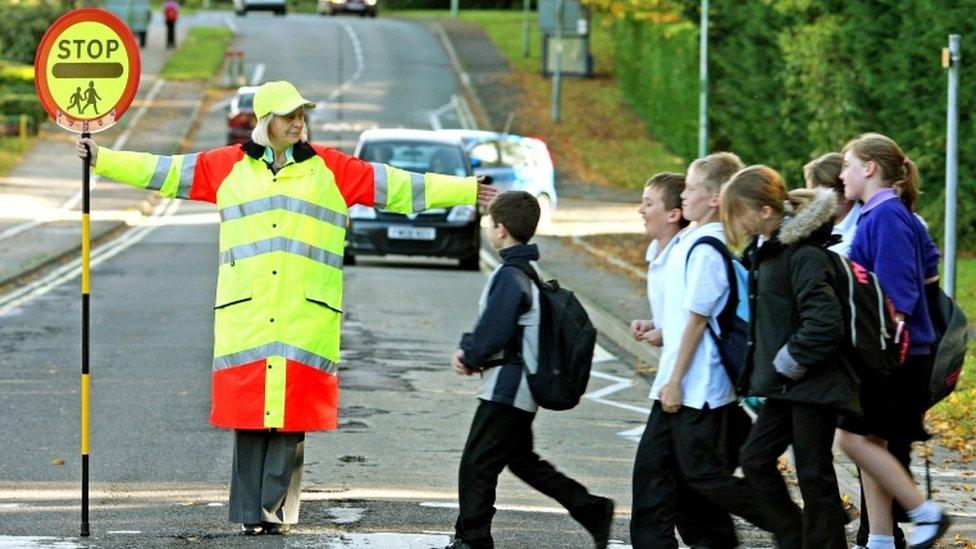
If SDST was adopted in the north of Scotland, children would be walking to school in the dark - to the dismay of some parents. The lollipop lady might have something to say too.
Also, who would want to wait until 10 in the morning just to see daylight?
Posting letters
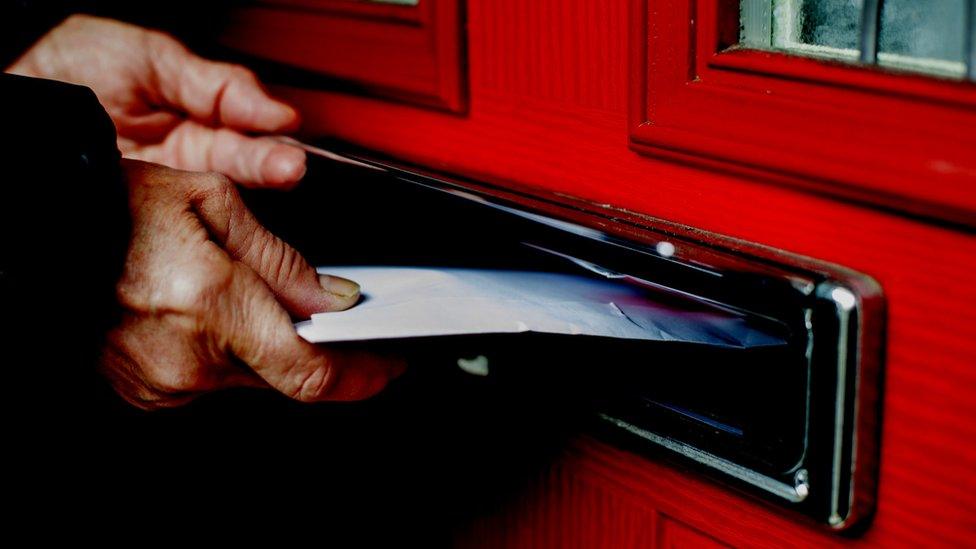
The postman could accidentally deliver your Christmas cards to the neighbour next door.
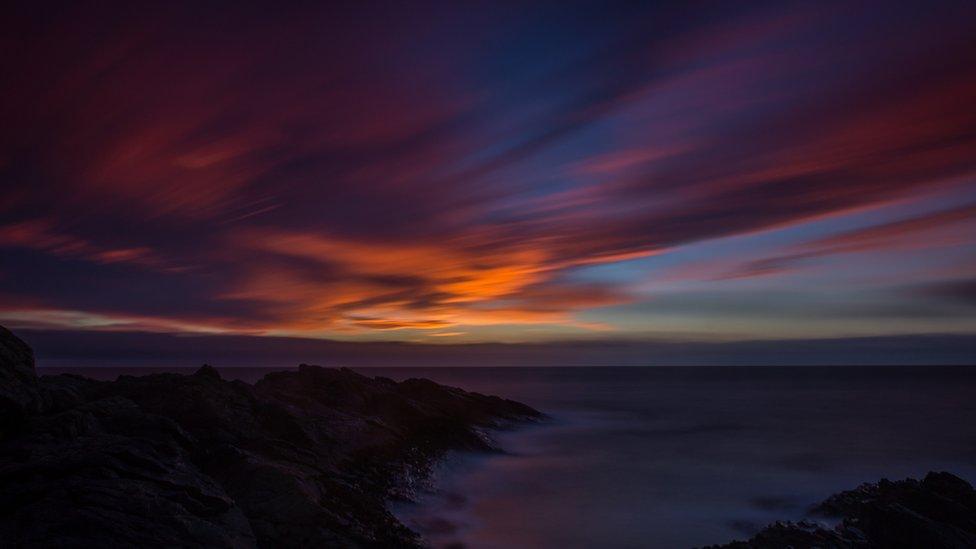
However, it should be noted that with any proposed change to the status quo - there will always be winners and losers.
The exception to this rule is Scotland's deer population.
Whatever time zone we choose to observe, collisions between deer and vehicles will always peak during the winter months

.
- Published29 October 2010
- Published14 August 2014
